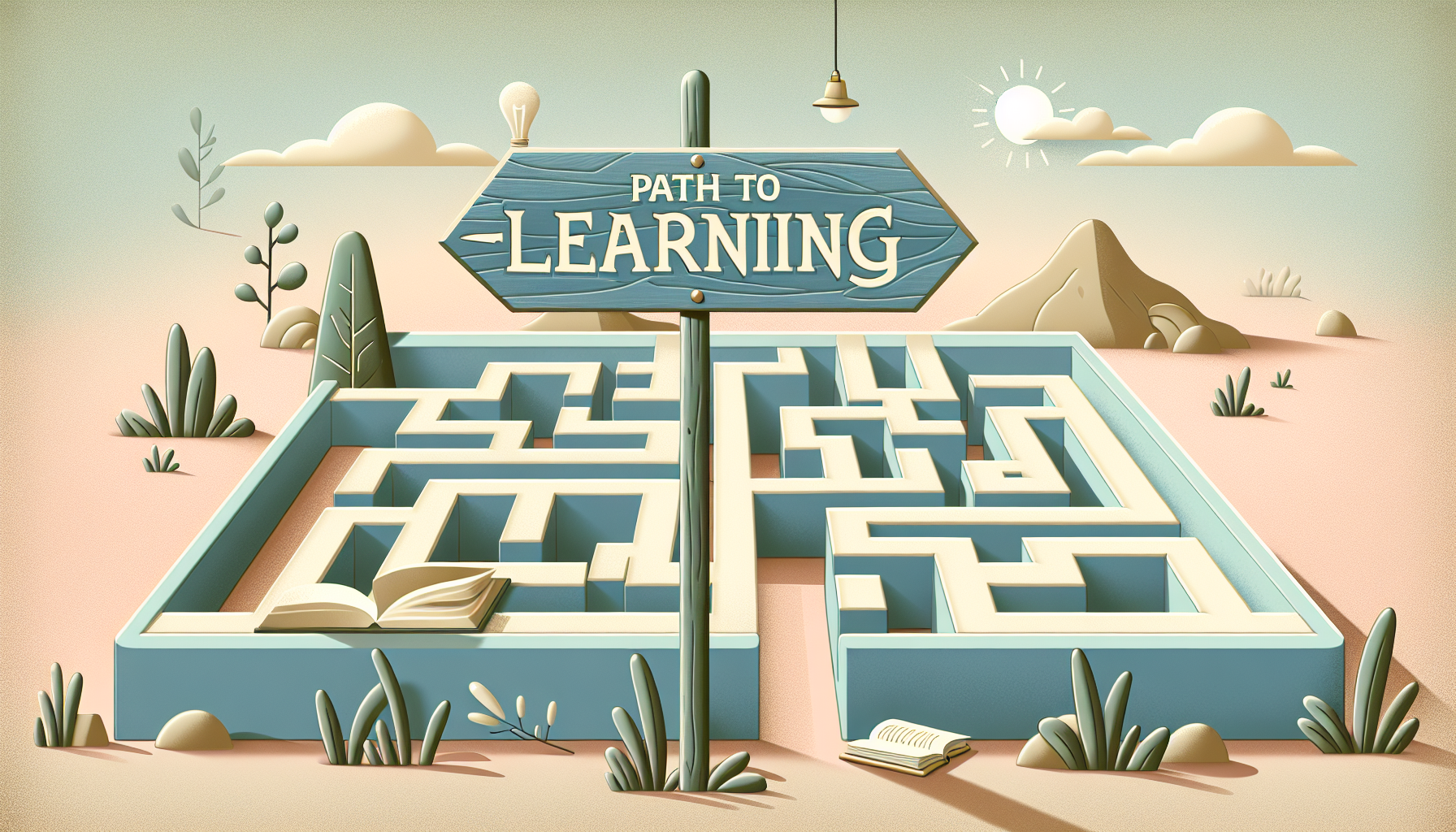Choosing the right eLearning tools can feel like navigating a maze, especially for beginners. It’s easy to get overwhelmed with the plethora of options available. You want the best fit for your learning style and goals, but how do you even start?
Don’t worry! If you stick around, I promise to help you decode the process of selecting the best eLearning tools. By breaking it down step by step, you’ll feel empowered to find solutions tailored to your needs without any confusion.
From identifying your learning goals to checking out user reviews, we’ll cover everything you need to make a smart choice. Let’s get started on this journey together!
Key Takeaways
- Start by defining your learning goals to focus your search for eLearning tools.
- Look for platforms that are user-friendly with easy navigation and features.
- Assess if the platform offers built-in content creation tools for your needs.
- Check for integration options with existing tools like email software and CRM systems.
- Evaluate pricing against your budget, considering any hidden costs.
- Research customer support options and available resources before deciding.
- Read user reviews for real-world insights and experiences with the platform.
- Utilize free trials to test features and gauge the platform’s suitability.

Identify Your Learning Goals
Before you choose a learning platform, the first step is to clearly identify your learning goals.
Are you looking to create a full course, provide training sessions, or just share some knowledge?
Understanding your main objectives can help you narrow down the features you really need.
For example, if your goal is to teach a practical skill, you might focus on platforms that support hands-on assignments or interactive content.
Write down your goals and refer back to them throughout your selection process, as they will guide your decisions.
Consider User-Friendly Features
No one has the time to wrestle with a complicated interface, especially when you’re trying to teach.
Look for platforms with intuitive designs that make it easy for both you and your learners to navigate.
User-friendly features might include drag-and-drop builders, customizable templates, and simple upload processes.
Some platforms like Teachable and Thinkific are known for their ease of use.
Additionally, consider whether the platform offers mobile access so learners can engage from anywhere.
Evaluate Content Creation Options
Next, think about how you’ll create your content.
Some platforms provide built-in tools for video creation, quizzes, and assignments, while others may leave you relying on external software.
If you plan to make videos, look for features that allow you to easily embed or upload your content, as well as options for adding captions or interactivity.
For instance, platforms that support educational video creation will help you put together enhanced learning experiences.
Think about your strengths—if writing is your forte, look for platforms that emphasize text-based lessons or blogs.
Look for Integration Capabilities
One thing you absolutely want to consider is how well the platform integrates with other tools you may already use.
If you’re using email marketing software, payment gateways, or CRM systems, make sure the platform can connect with them easily.
This will save you a lot of time and headaches down the road.
For example, integration with platforms like Mailchimp for email campaigns can streamline your communication with students.
Check the platform’s website or user forums for a list of available integrations to see if it suits your needs.

Assess Pricing and Budget
When you’re looking at learning platforms, pricing can vary widely, so it’s crucial to assess your budget upfront.
Some platforms offer free plans with basic features, while others require a monthly subscription or a one-time payment.
Consider what you need for your course or training and match that against what you’re willing to spend.
Additionally, look for any hidden costs like transaction fees for sales, or fees for extra features.
If you’re working within a tight budget, understanding different pricing models can help you make an informed choice.
Many platforms also offer discounts or promotions, so don’t hesitate to reach out and ask if there’s a deal available.
Check Customer Support and Resources
Solid customer support can be a lifesaver when you’re navigating a new platform.
Before settling on a choice, determine what kind of support each platform provides.
Look for options like live chat, phone support, or a comprehensive knowledge base.
Also, consider whether they have community forums or user groups where you can connect with other educators.
Platforms that offer extensive resources, such as tutorials or webinars, can help you get the most out of their features.
To gauge customer satisfaction, check out user reviews, focusing on feedback regarding their support services.
Research User Reviews and Testimonials
User reviews and testimonials can give you valuable insights into how well a platform works in real-world situations.
Try visiting independent review sites or user forums to get an unbiased take on the experiences of other educators.
Look for patterns in feedback. Do users consistently praise the platform for its ease of use? Do they complain about customer service?
Testimonials can also help you understand how different features have made a positive impact on user experiences.
If you find a platform with a strong track record of success and positive user experiences, it’s likely worth a closer look.
Test the Platform with Free Trials
Many platforms offer free trials, and you should definitely take advantage of those.
Use this time to explore the features and interface to see if it meets your needs.
Make sure to test out content creation tools, integrations, and any user-friendly features you found appealing.
Create a sample course or upload content to get a real feel for how it operates.
Also, reach out to customer support during the trial to evaluate their responsiveness.
By the end of the trial, you should have a clearer picture of whether this platform is the right fit for you.

Choose Tools That Promote Engagement
When selecting a learning platform, focus on the tools that foster interaction and active learning among your students.
Interactive elements like quizzes, discussion forums, and live chats can keep your learners engaged.
Look for platforms that allow you to incorporate gamification techniques, like badges or leaderboards, to motivate students.
For instance, using tools like Kahoot can make learning more fun and encourage participation.
Also, consider platforms that offer analytics tools to track learner progress and adapt your content based on their needs.
Stay Updated on Trends and Innovations
The world of online learning is always evolving, so staying informed about the latest trends is essential.
Follow industry blogs, subscribe to newsletters, and join forums where educators share their experiences and insights.
Emerging technologies like virtual reality (VR) and augmented reality (AR) offer exciting opportunities for immersive learning experiences.
Consider how you can integrate these innovations into your teaching methods to enhance student engagement.
Regularly updating your knowledge can help you stay relevant and provide your students with the best learning experiences possible.
FAQs
Start by reflecting on your interests, strengths, and areas for improvement. Setting specific, measurable, achievable, relevant, and time-bound (SMART) goals can help clarify your objectives and guide your learning process.
Ensure the platform has user-friendly navigation, interactive content, mobile access, and assessment tools. Features like progress tracking, community forums, and multimedia resources enhance the overall learning experience.
Look for platforms that offer a variety of content formats such as videos, quizzes, and articles. User-generated content and customization options can also enhance engagement and personalize the learning experience.
Consider the overall cost, including subscription fees and hidden charges. Evaluate the value you receive in terms of features and resources, and explore free trials or discounts to optimize your budget.
